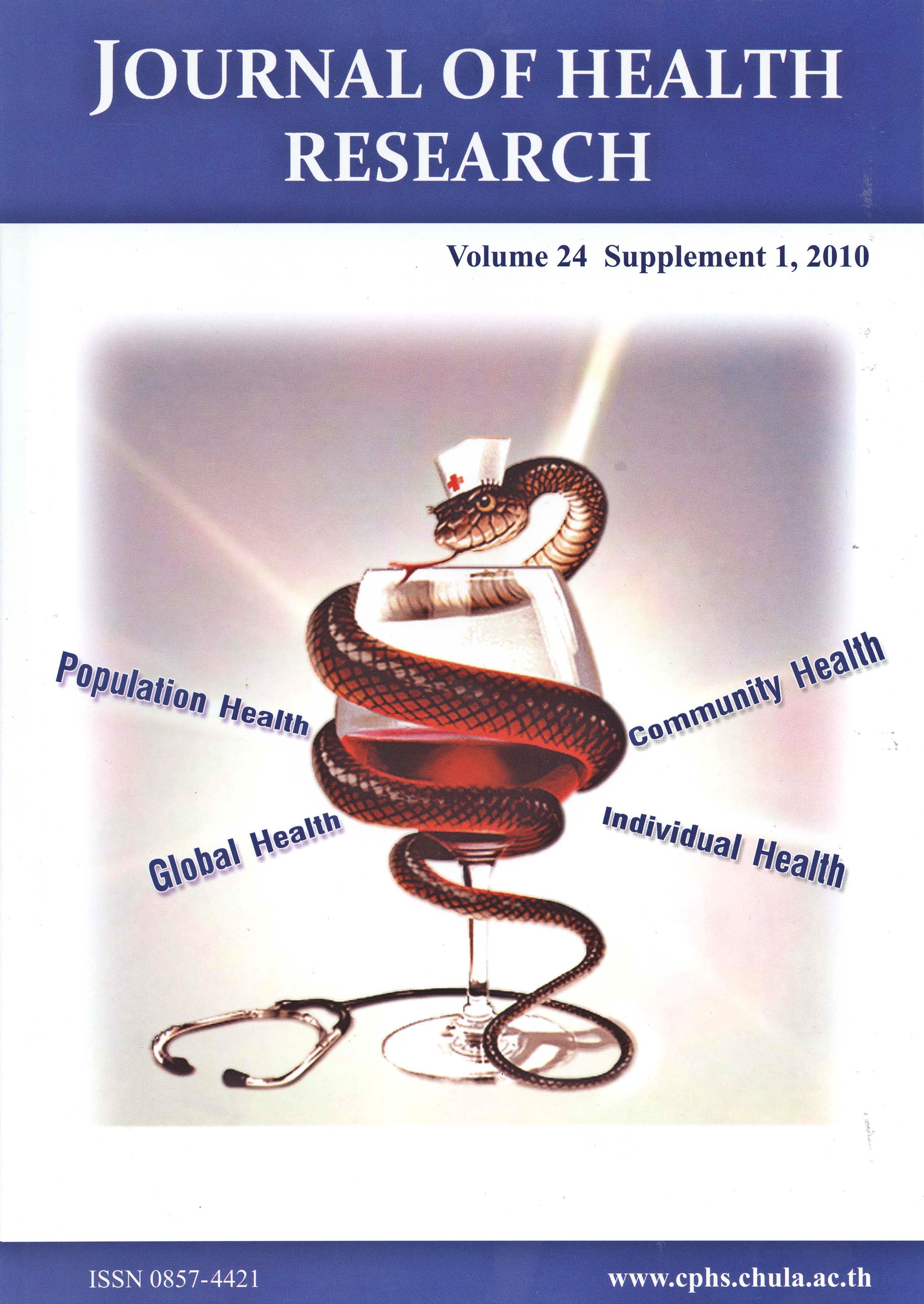Effect of H2s and Air Flow Rates on Pure and Consortium Culture of Sulfide Oxidizing Bacteria Biofiltration For H2s Removal
Keywords:
Biofiltration, Hydrogen sulfide, Alcaligene faecalis T307, Consortium, Granular activated carbonAbstract
A novel biofiltration system using granular activated carbon (GAC) as a carrier for sulfide oxidizing bacteria immobilization achieves a good performance of H2S removal. The effect of H2S and air flow rates were investigated using pure culture (Alcaligene faecalis T 307) and consortium culture. The results showed that H2S flow rate of 15-35 L/h into pure and consortium culture biofiltrations had the little influence on performance of H2S removal. Moreover, air flow rate of 5.83 L/h supplied into pure and consortium culture reactors gave the complete H2S removal (0 ppm of H2S concentration). Finally, the results showed that consortium culture was better performance than pure culture for H2S removal using biofiltration in acid condition.







